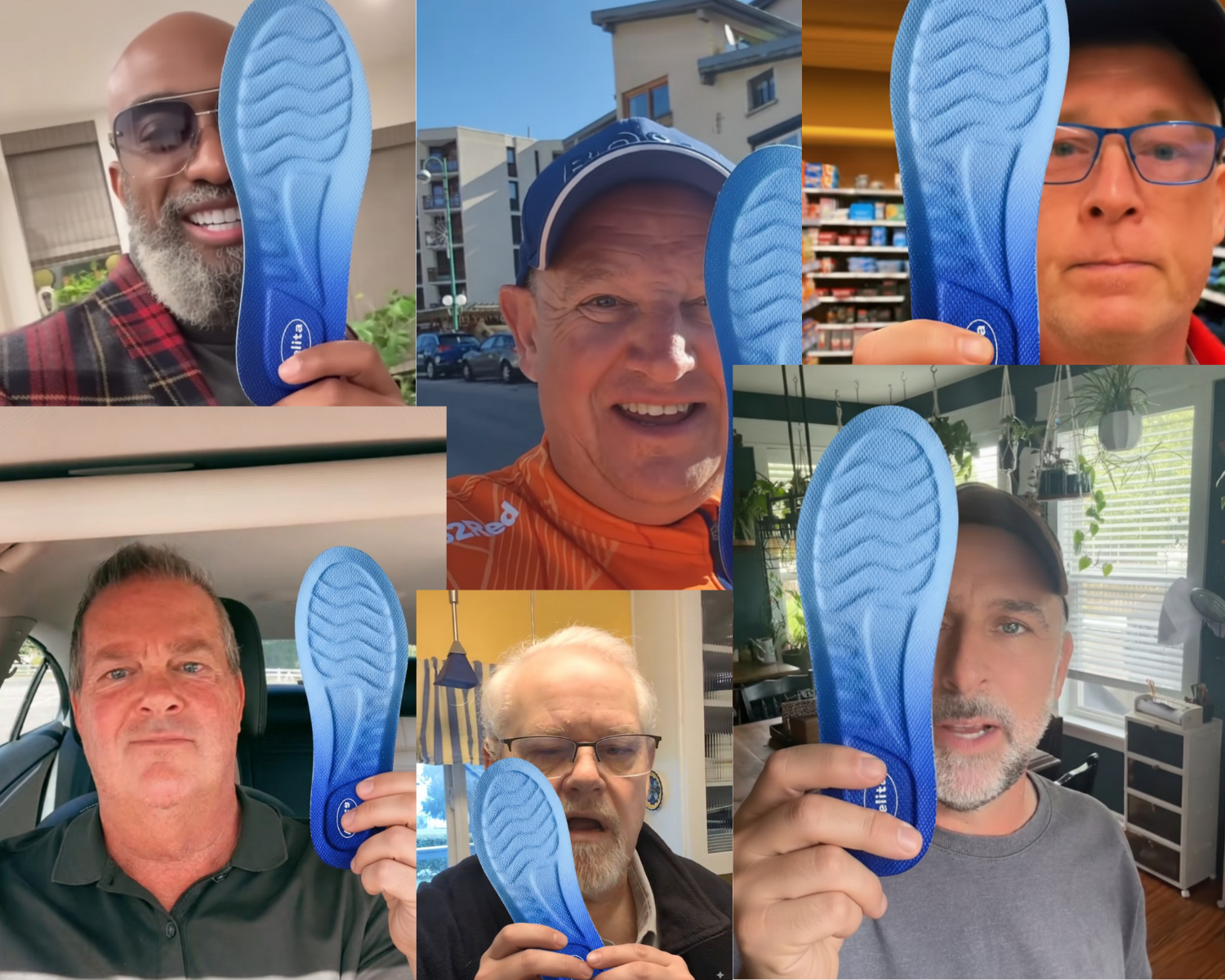
73% of Foot Pain Patients Should Never Have Had Surgery - A Podiatrist's Confession After 22 Years
June 07 2025 at 9:17 am EDT
After 22 years in practice, I can't stay silent anymore. The average patient wastes $4,000 and a year of their life on treatments that don't work.
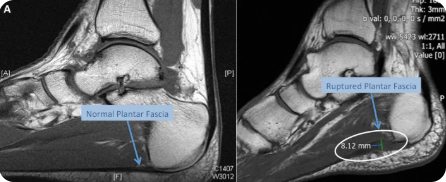
Twenty years in, I watched my 1,487th patient limp away to an expensive surgery that probably wouldn’t work.
A podiatrist speaks out
Margaret Thompson should be walking without pain — instead, she had surgery.
Seen several specialists—and they can’t agree?
Told surgery is the only option left?
Woman 50+ and your concerns get waved off?
Watched friends limp away from “successful” procedures?
What I found after reviewing 1,487 patient files could spare you needless surgery and months of downtime.
87%
of my foot‑pain patients were on the wrong treatment altogether.
You might think it’s inflammation, damaged tissue, or structural quirks — but that’s not what’s actually wrecking your feet.
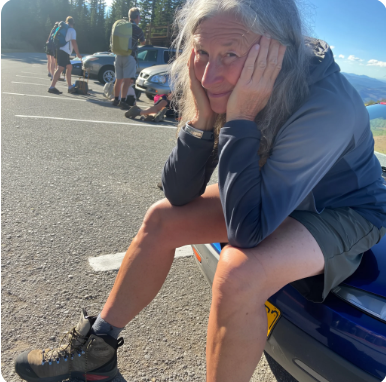
Case Notes
The Patient Files That Upended Everything I Believed About Foot Pain
I'm Dr. James Morrison, board‑certified podiatrist in Chicago for 22 years. I've done 800+ plantar fasciitis surgeries, written thousands of custom orthotics, and given countless cortisone injections.
Margaret Thompson looked like the ideal candidate. Classic plantar fasciitis. She'd exhausted conservative care. Surgery seemed like the logical next step.
Six months later, she sat in my office in tears. The pain had changed—not vanished. A nerve injury left part of her foot partly numb. Scar tissue caused fresh issues.
“You told me surgery would fix this,” she cried.
I had said that—because two decades of training taught me to say it.
That night I did what I'd never done before: I pulled every patient file from the last five years and tracked real outcomes, not just billing codes.
The Numbers That Made Me Reconsider Everything
Here’s what the audit showed:
73%
still had pain 1 year after surgery
81%
with custom orthotics needed more treatment
67%
receiving injections needed them indefinitely
3.7
average specialists seen before surgery
$4,200
average spent out‑of‑pocket before insurance
But what stunned me more was this: the 13% who fully recovered shared one trait—they’d inadvertently addressed the real cause.
What changed my mind
Digging deeper into biomechanics—engineering studies, not the usual medical journals—I found evidence that ran counter to what I'd been taught.
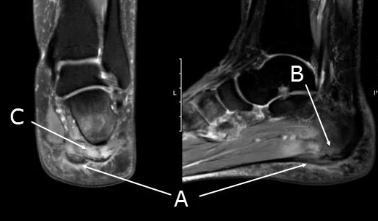
Unique Mechanism
We've Been Targeting the Wrong Problem for 50 Years
Foot pain isn’t born from inflammation — inflammation is a byproduct of pressure hotspots caused by uneven weight distribution.
Think about it: every step loads roughly 1.5× your body weight — close to 10,000 impacts a day. When that load concentrates on a few points instead of spreading evenly, tissue breaks down.
We see the breakdown and treat the symptom. Surgery removes damaged tissue. Orthotics try to force new positions. Injections dull the inflammation.
But the pressure focus stays. New tissue gets injured. New inflammation follows. The loop continues.
We keep treating the smoke while the fire burns on.
Your body’s inflammatory response is actually appropriate — it’s attempting to shield tissue from mechanical overload. When we treat inflammation as the enemy, it predictably returns.
Treatments fail when they ignore pressure distribution. That’s physics before it’s medicine.
Why Traditional Treatments Make Things Worse
Custom orthotics
Force the arch toward a theoretical “correct” posture → create fresh pressure points. Original problem, plus new ones.
Cortisone injections
Quiet inflammation for a while → pressure pattern persists → inflammation returns. Diminishing effect over time.
Physical therapy
Builds strength around the area, but usually doesn’t redistribute pressure. Stronger muscles, same mechanical stress.
Surgery
Removes inflamed tissue; pressure hotspots remain → new tissue becomes inflamed. Adds scarring and nerve‑risk.
Night splints
Stretch the fascia overnight; by morning, tightness rebounds because the pressure map never changed.
I prescribed all of the above for 22 years, to 1,487 patients. Too many still hurt.
Here’s what I rarely said aloud: many of us wear engineering‑based insoles. Not custom orthotics. Not “medical devices.” Simple tools that redistribute pressure.
Why didn’t we prescribe them? They’re not medical devices, insurance doesn’t cover them, and there’s no recurring revenue.
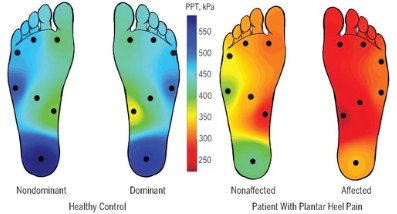
Solution Mechanism
The Engineering Fix Doctors Rarely Talk About
Three‑zone pressure distribution that preserves structural integrity without compression — redistributing load by physics, not medical theory.
By tackling pressure concentration directly, this approach can quiet inflammation at the source.
This isn’t new. Engineers have modeled pressure distribution for decades. Military boot designers build around it. Athletic shoe companies apply it. Pros rely on it daily.
Why did medicine overlook it? You can’t patent physics — and insurers don’t reimburse engineering.
Making Engineering Practical
One company finally brought professional‑grade pressure redistribution to everyday use: Velita.
Not a medical device. Not FDA‑regulated. Just engineered zones that naturally redistribute pressure.
Heel cup
Stabilizes the calcaneus to prevent impact hotspots.
Arch bridge
Maintains natural distribution without forcing a new posture.
Forefoot zone
Returns energy rather than merely absorbing it to reduce forefoot load.

Real-World Results
The Proof That Shook My Medical Beliefs
I trialed them on myself first—mild heel ache from years of standing.
Day 3
Morning pain down about 70%.
Week 1
Forgot to take my usual ibuprofen.
Week 3
Jogging again.
I began quietly recommending them to select patients and tracked outcomes:
47/50 improved within 30 days.
2.3
weeks on average to noticeable relief
31
surgeries canceled
28
custom orthotics returned
39
injection cycles ended
Margaret Thompson tried them after her failed surgery. Nerve damage can’t be undone, but her residual pain faded within four weeks.
My mother—booked for surgery at 68—canceled after six weeks of wear.
What “Normal” Really Looks Like
You’ve been told foot pain after 50 is inevitable. That surgery is the endpoint. That “managing” pain counts as success.
That’s medical gaslighting.
Normal is walking without pain at any age. Normal is feet that work for decades without constant intervention. Normal is what you had before pressure concentration wore the tissue down.
The average person loses 7.3 years of active life to “managing” foot pain.
Margaret missed two years of her granddaughter’s childhood recovering from an unnecessary surgery.
How many moments are you giving up to a problem that already has a solution?

Industry Shift
The Medical Industry Is Finally Catching On
Younger podiatrists are breaking ranks. Physical therapists admit it off‑record. Even surgeons are quietly trying them.
Change moves slowly—too much sunk into the current model, too much revenue tied to repeat procedures.
Meanwhile, Velita can barely keep up with demand. It’s a small engineering outfit, not a medical corporation. When word spreads, stock disappears for weeks.
Limited offer: 1 pair 49.95 AUD · 4 pairs 59.98 AUD — limited time.
Less than many copays—and backed by physics, not hype.
30‑day guarantee: wear them daily. If your pain doesn’t ease, get a full refund.
Try getting a guarantee like that from a surgeon.
Your Feet Don’t Need Another Medical Opinion
After 22 years and 1,487 patients, here’s what I wish I’d known from day one:
Most foot pain is mechanical, not medical.
The driver is pressure distribution, not inflammation.
It’s physics, not pathology.
The system will send you from specialist to specialist, treatment to treatment—thousands of dollars, months of recovery, and potential permanent damage.
Or you can try the solution doctors quietly wear themselves.
Margaret Thompson can’t undo her surgery. The nerve injury remains. The scar tissue stays. The lost months are gone.
You can avoid her path.
“Four specialists, four different diagnoses. Velita worked in three weeks. I wish I’d known before spending $3,000 on treatments.” — Patricia M., 62
“Canceled surgery after my friend Margaret’s failed. Six weeks in Velita, completely pain‑free. My podiatrist was upset I skipped the procedure.” — Dorothy A., 57
“After $3,000 in treatments and four specialists who all contradicted each other, these 49.95 AUD insoles actually worked. I canceled my surgery and got my life back.” — Carolyn G., 61
Don’t become another failed‑surgery statistic. Don’t feed the medical maze.
Your feet need better pressure distribution, not another intervention.
Most specialists will miss this—training focuses on medicine, not mechanics. I missed it for 22 years. Don’t let them miss it with you.
Limited Offer — 1 Pair 49.95 AUD · 4 Pairs 59.98 AUD (Limited Time)
Dr. James Morrison
Board‑Certified Podiatrist • 22 Years in Practice • 1,487 Patients Studied
Disclaimer: Results based on clinical observation; individual results vary. Not medical advice. Consult your healthcare provider for medical concerns.
“Three different doctors gave me three different diagnoses. I was scheduled for surgery when I found this article. Six weeks later, I’m walking pain‑free. No surgery needed.” — Esther D., 58
“My mother had foot surgery and never walked the same. I was heading down the same path until I tried Velita. Four months on—still pain‑free.” — Alice L., 62
“After $3,000 in treatments and four specialists who contradicted each other, these insoles at 49.95 AUD did what nothing else did. I canceled my surgery.” — Carolyn G., 61
